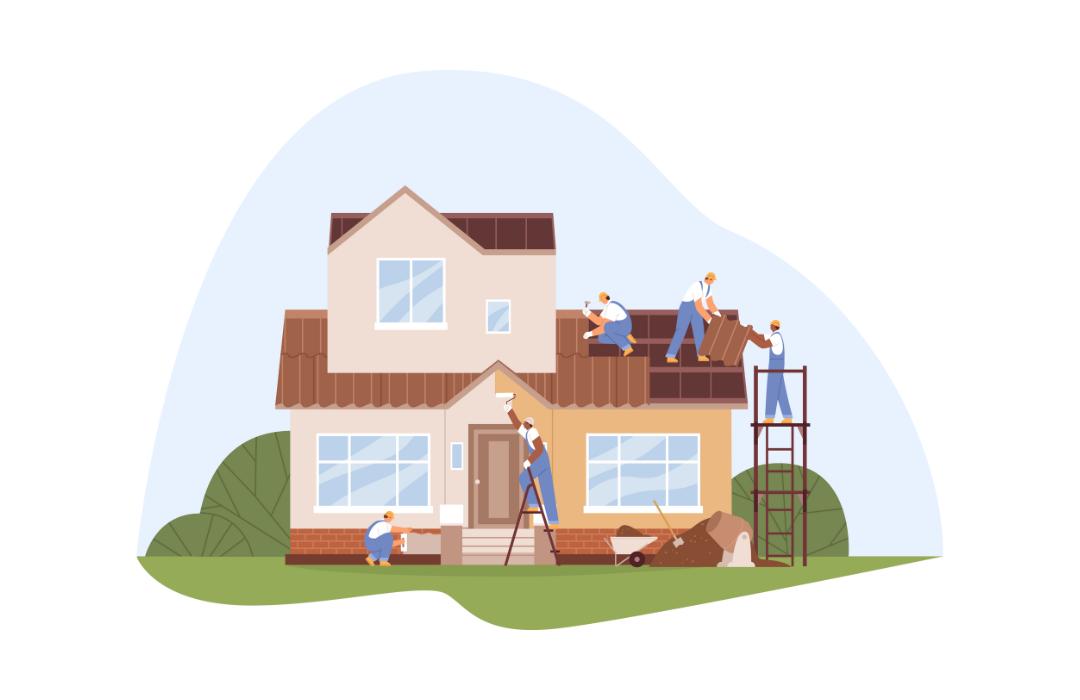
Passive House stands for comfort, health, sustainability and savings in our buildings. Passive House buildings make efficient use of passive heating and cooling sources, and the standard can be applied to all kinds of building typologies. This means they are heated mainly from the sun and from heat emitted by people and appliances.
During the warmer months, strategic, passive cooling techniques such as night ventilation and shading keep Passive House buildings comfortably cool. This substantially reduces the need for active cooling.
The Passive House standard is future-oriented and benefits all. Building professionals profit from a growing industry and satisfied customers, while end users benefit from greater comfort, health and quality assurance. The Standard does not prescribe a particular building design but rather sets transparent performance criteria based on building physics.
The associated benefits of building better exceed environmental and cost benefits. Certified Passive House buildings:

Achieve a high level of comfort
Passive Houses are optimally insulated for the local climate creating a consistently comfortable indoor climate, free of draughts.

Provide fresh air
The ventilation system with heat recovery provides comfortable indoor temperatures. In humid climates, a humidity recovery is applied.

Are built to last
Passive House buildings are resistant to moisture build-up and mould damage. The reason: Good airtightness and high-quality components.

Perform as planned
The planning tool (PHPP) ensures a reliable energy balance. Together with a rigorous certification methodology, there is no so-called “performance gap” between the planned energy need and the real energy consumption of a building.

Can be designed as desired
The Passive House standard is a performance standard and not a specific construction method. Designers are free to choose how to meet the energy performance criteria.

Are more cost-effective
Over the building’s lifecycle, a Passive House building is more cost effective than a conventional build due to its extremely low energy demand and therefore low running costs.
It is not always possible to achieve the full Passive House Standard for refurbishments of existing buildings. Existing buildings come with their own set of challenges, often being constructed without considering orientation and passive heating and cooling solutions. For this reason, the PHI has developed the EnerPHit Standard – Quality-Approved Energy Retrofit with Passive House Components - as a quality assured certification scheme for renovation of existing buildings. It can be applied on one go or as a phased approach using the EnerPHit retrofit plan.
Significant heating/cooling energy savings of between 75 and 90 % can be achieved even in existing buildings, for which the following measures have proved to be particularly effective [Bastian 2022]. The general approach to prevent lock-in and achieve high quality cost-effective solutions is:
If you’d like to dive deeper into the world of Passive House, visit Passipedia—our comprehensive knowledge platform featuring
a vast collection of articles and resources for everyone, from curious newcomers to seasoned professionals.
iPHA members enjoy exclusive access to additional content, including webinar recordings and articles, available only to members.
Interested? Find out more here.